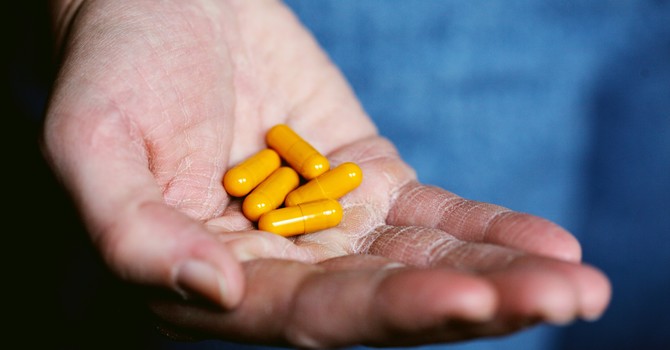
What IS that smell?
The underarm area is one of the most sensitive areas in the body. The underarm area is also where we perspire the most when overheated. The defense for sweaty, smelly armpits is underarm deodorant. We use deodorant to keep our underarms dry and block offensive odors. The problem is that all deodorants (unless they are all natural) contain chemicals to accomplish this feat. The problem with chemicals is that over time they have an ill effect on the body. As I mentioned, the underarm is a sensitive area of the body and absorbs chemicals faster due to its sensitivity. Deodorants can also make you smell worse. Antiperspirants affect the bacterial balance in your armpits, which actually leads to more pungent-smelling sweat. Study participants who used antiperspirant for a month saw a definitive increase in Actinobacteria, responsible for that foul-smelling armpit odor. In some participants, abstaining from antiperspirant caused the population of Actinobacteria to dwindle into nonexistence. Research has found higher concentrations of parabens in the breast and axillary area where antiperspirants are usually applied, suggesting they may contribute to the development of breast cancer. Aluminum chloride—the active ingredient in antiperspirants—has been found to act similarly to oncogenes causing molecular transformations in cancer cells. I read studies a few years ago, and switched to an all-natural, aluminum-free deodorant. The goal in life is to avoid as many chemical toxins as possible. One of the best things you can do is switch your deodorant to an all-natural brand. Examples are Jason’s Apricot All- Natural deodorant, Arm & Hammer Essentials and Piperwai (small company.) They have been clinically tested and are contaminant free.
Chiropractic Thought for the Week: According to a new study published in the Annals of Internal Medicine and funded by the National Institutes of Health, medication is not the best option for treating neck pain. After following 272 neck-pain patients for 12 weeks, those who used a chiropractor or exercise were more than twice as likely to be without pain compared to those who took medication. Specifically: 32 percent who received chiropractic care lived without pain. Thirty percent of those who exercised became pain free. Thirteen percent of those treated with medication became pain free. Researchers concluded: "For participants with acute and subacute neck pain, SMT [spinal manipulation therapy] was more effective than medication in both the short and long term."
As most of you have heard me say in the past, EAT WELL… MOVE WELL… THINK WELL…

Dr. Stuart Katzen
Contact Me



